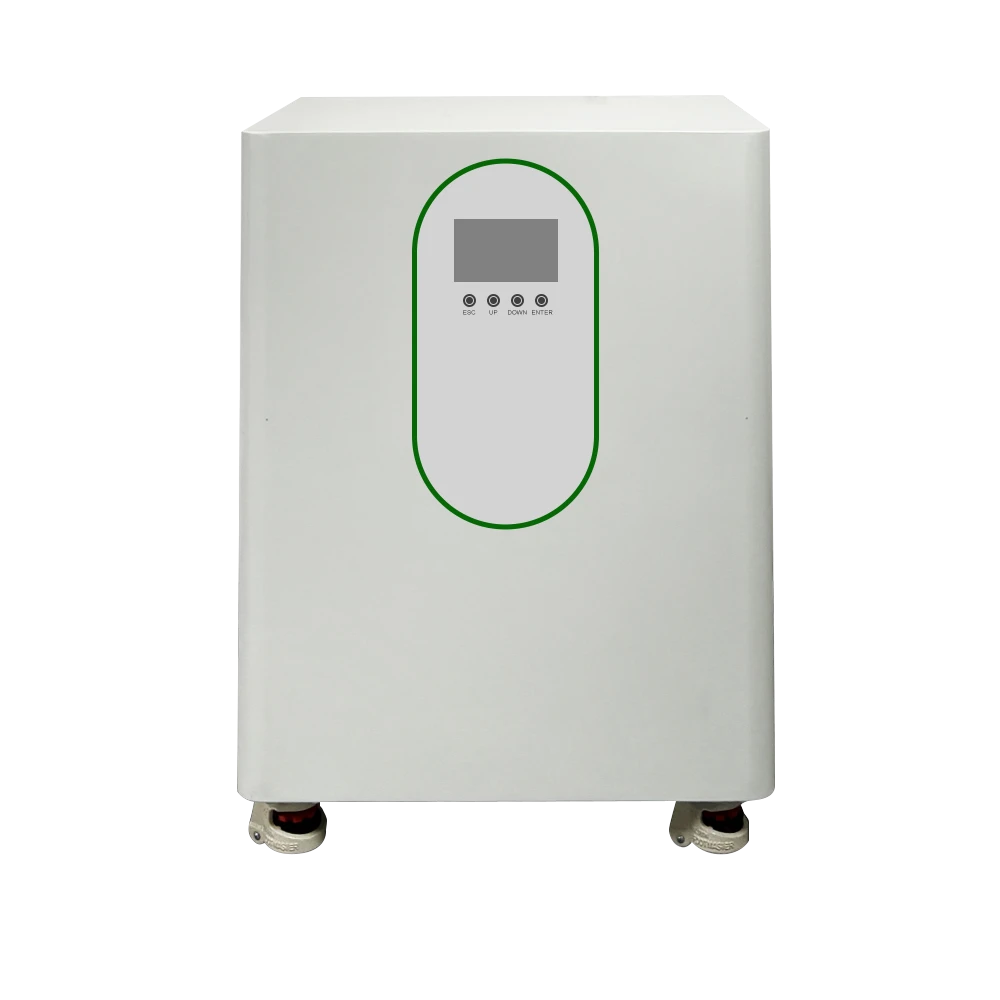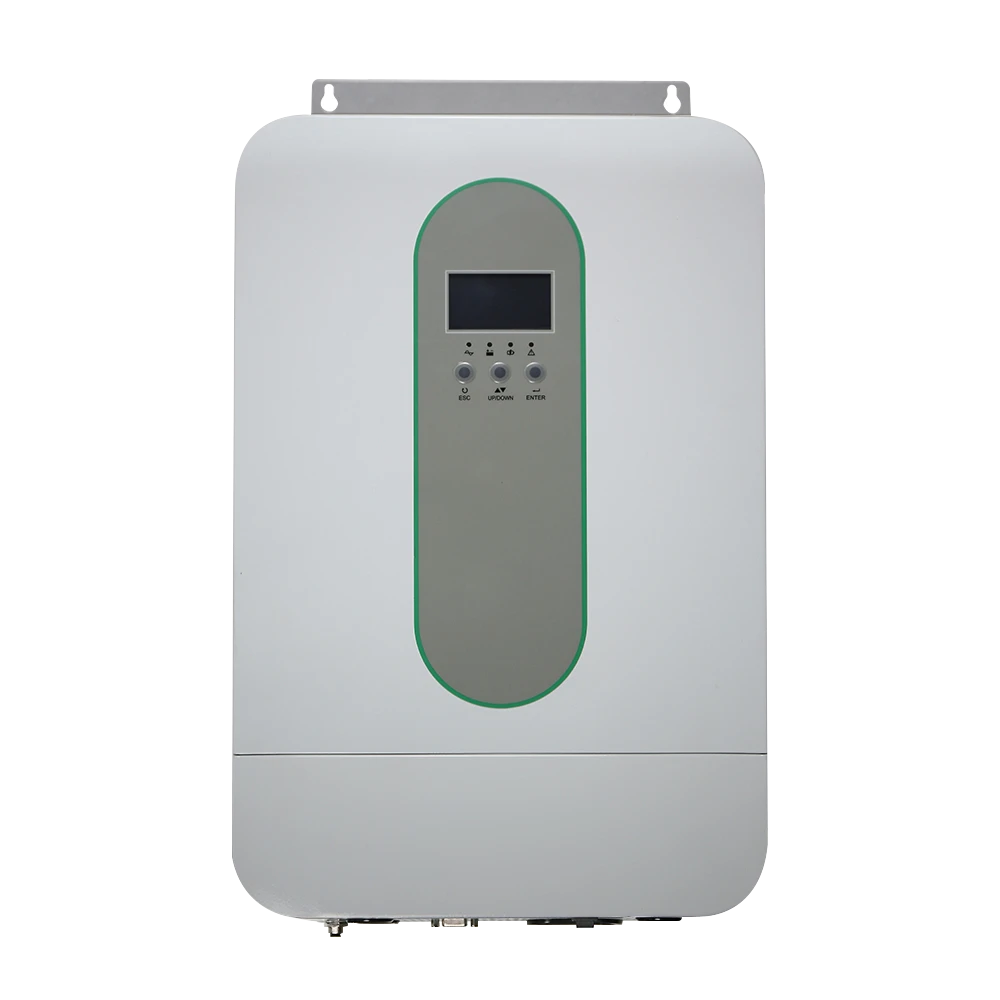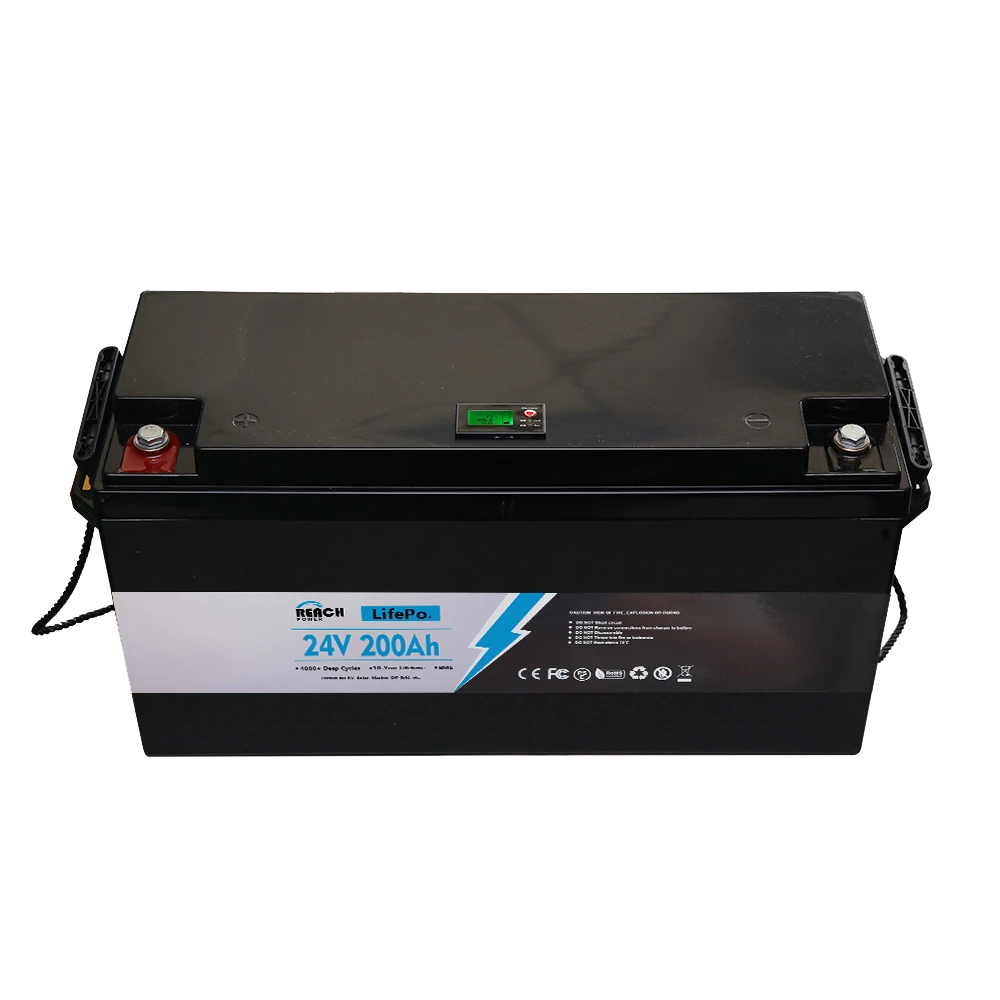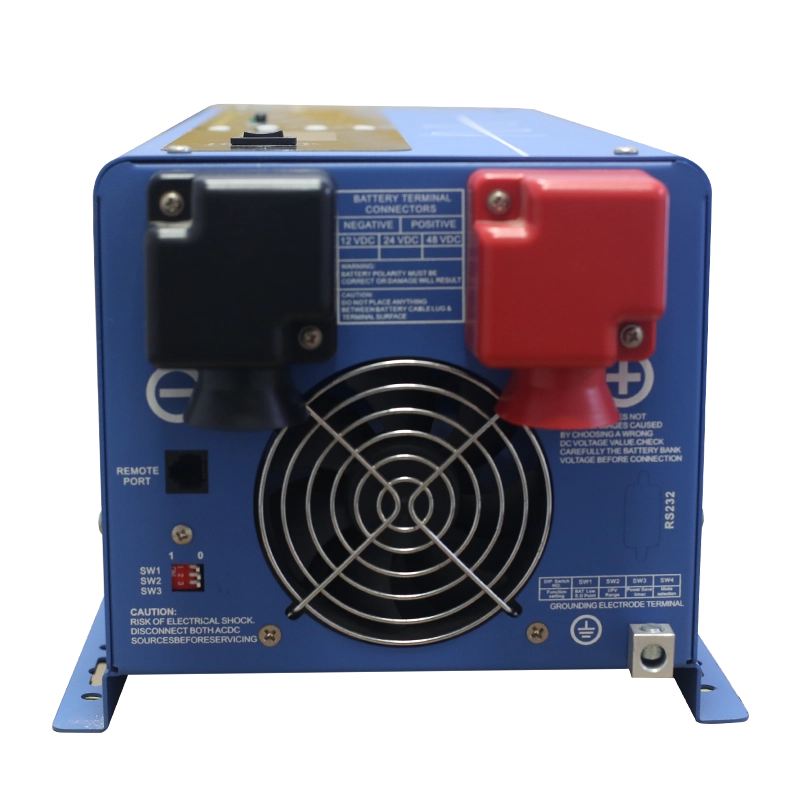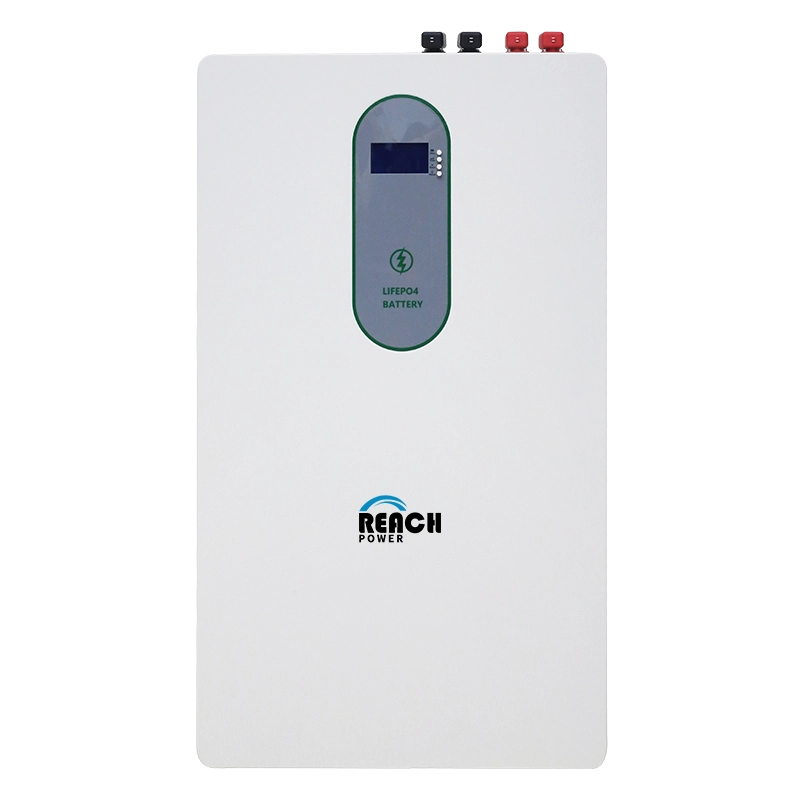1. Lithium Iron Phosphate Industry Technology Route Resurgence: Cost and Safety Drive Market Dominance
- Ternary Battery Era (2017–2020)
- High energy density NCM/NCA batteries dominated 60%+ market share under subsidy policies.
- Post-subsidy phase-out, LFP regained momentum due to 30–40% lower costs and superior safety.
- LFP Core Advantages
- Cost Efficiency: Production costs 30–40% lower vs. ternary batteries.
- Seguridad: Thermal runaway temperature >500°C, minimizing fire risks.
- Market Penetration: 67% share in China’s EV battery installations (2023), 60%+ globally.
2. Capacity Expansion and Supply-Demand Challenges
- Overcapacity Risks
- 2023 nominal capacity: 3M tons; utilization rate <50%.
- Projected 2025 capacity (8M tons) to double global demand estimates (4M tons).
- Raw Material Volatility
- Lithium carbonate prices crashed from 600,000 CNY/ton (2022) to 100,000 CNY/ton (2023).
- Industry margins fell to 15% (2023), down from 35% (2021).
- Technological Advancements
- Liquid-phase synthesis reduced energy consumption by 30%.
- Titanium byproduct utilization slashed CAPEX by 60% (e.g., 300M CNY/10k tons).
3. Energy Storage: Unlocking a $100B+ Growth Frontier
- Explosive Demand Growth
- 2023 global energy storage shipments: 200GWh (85% from China).
- LFP dominance: 98% share in China’s energy storage batteries.
- Technical Superiority in Storage
- Cycle life >6,000 cycles; thermal failure probability <0.001%.
- Hybrid solar-storage systems achieve <0.15 CNY/kWh levelized costs.
- Business Model Innovations
- Capacity leasing models deliver 8%+ annual ROI.
- Smart string storage boosts system efficiency by 5%.
4. Future Competition: Vertical Integration and Global Strategies
- Industry Consolidation
- CR5 concentration to rise from 75% (2023) to 85% (2025).
- Phosphorus resource holders cut costs by 30% via vertical integration.
- Next-Gen Technology Threats
- LMFP Batteries: 15–20% higher energy density (230Wh/kg); 10% market penetration by 2025.
- Solid-State Batteries: 400Wh/kg prototypes face commercialization hurdles (cost >2,000 CNY/kWh).
- Circular Economy Potential
- 780k tons of retired EV batteries (2025) to fuel recycling.
- Lithium recovery rates exceed 95% in closed-loop systems.
5. Sustainable Development Pathways
- R&D Priorities
- Nano-coating and doping to enhance energy density.
- Production line compatibility upgrades for LMFP adoption.
- Globalization Strategies
- EU Carbon Footprint Rules: Mandate 40% reduction by 2030.
- Overseas manufacturing hubs to mitigate geopolitical risks (e.g., Europe, Southeast Asia).
- Business Model Evolution
- Energy storage system (ESS) integration services.
- Battery-as-a-Service (BaaS) to shorten ROI cycles.

